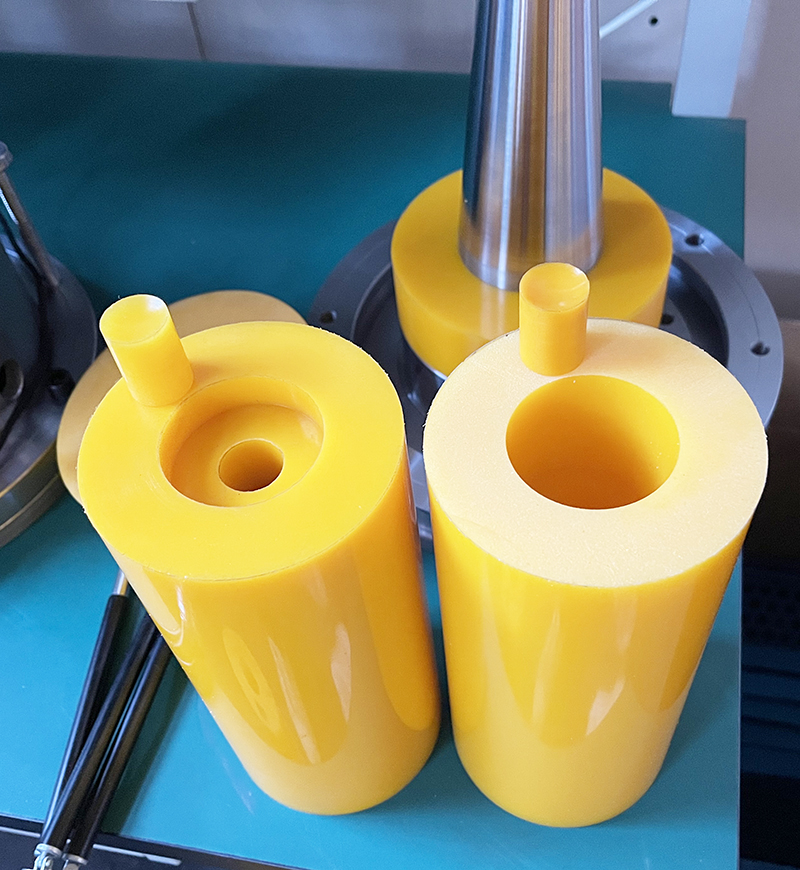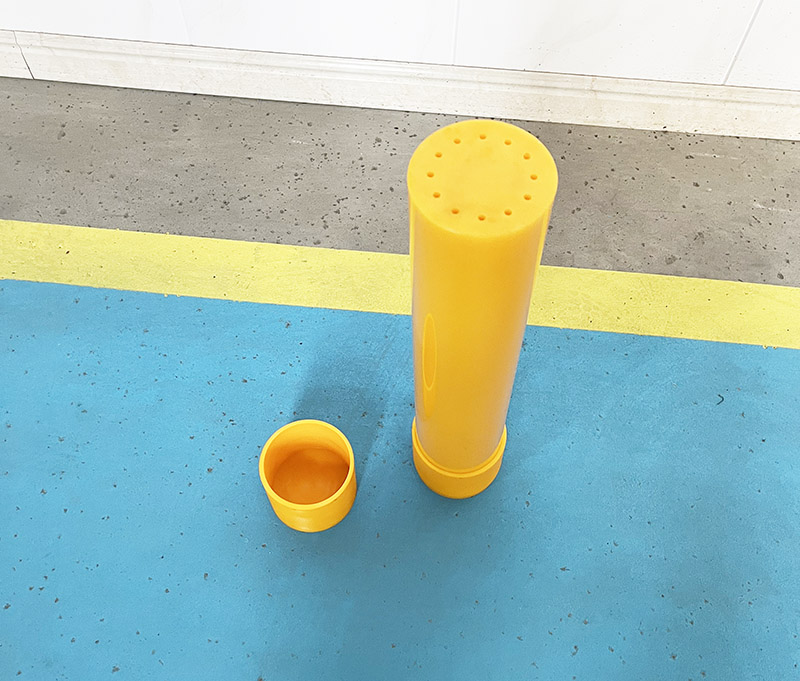Isostatic pressing
Isostatic pressing (cold isostatic pressing) consists in compacting a powder in an elastomeric container submersed in a fluid at a pressure of 20 to 400 MPa. Cold isostatic pressing allows the production of simple-shaped small or large powder compacts (up to 2000 kg) with a uniform green density even for large height/ diameter ratio part (impossible by uniaxial pressing), but with the sacrifice in pressing speed and dimensional control, requiring subsequent machining in the green compact. Cold isostatic pressing is used for powders that are difficult to press such as hard metals.
Isostatic pressing, also known as cold isostatic pressing and isopressing, entails compacting a dry or semi-dry powder in an elastomeric mold submersed in a pressurized liquid (Reed 1995, pp. 418–49). Often rigid tooling (e.g., a steel mandrel) is used in combination with the flexible elastomeric mold to help shape the powder. Typical forming pressures for ceramics are in the range of 21–210 MPa (3000–30000 psi).
Isopressing can be performed in two ways, wet bag and dry bag. Wet bag isopressing involves compacting a powder in a sealed elastomeric mold that is completely submersed in pressurized fluid. Wet bag isopressing is used for low-volume production of specialty parts, for prototyping, and for research and development.
In dry bag isopressing, the elastomeric mold is an integral part of the isostatic press. As such, the applied pressure is mostly biaxial. A major advantage of dry bag isopressing is that it can be automated for high-volume production, such as in spark plug insulator manufacturing.


















